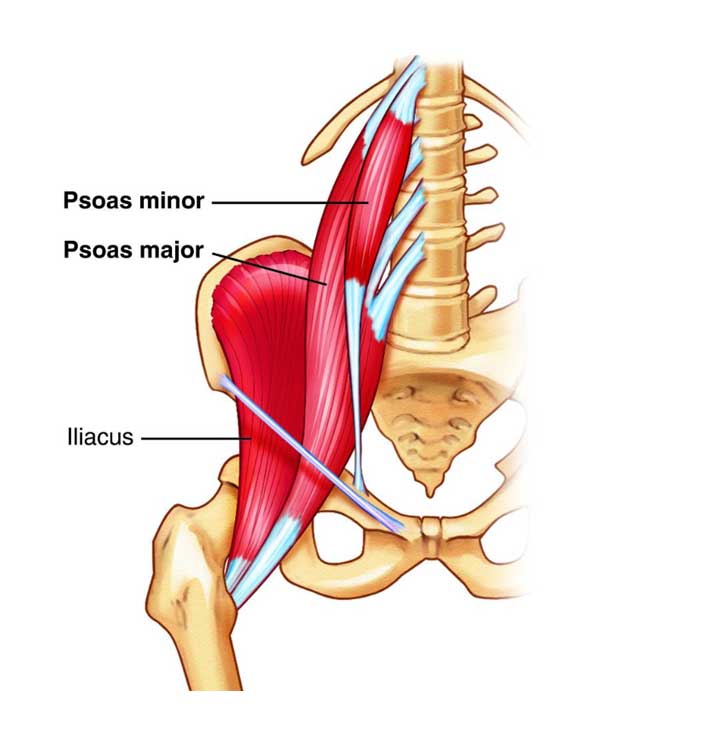Dealing with chronic pain
Have you suffered from back or neck pain over the years that always gets you in the same old spot? It’s either a constant niggle or you feel it after a long day in the garden. Or you lift a suitcase or heavy shopping out of your car and you get that sharp pain in the same place again and you feel like you can’t move at all for a few days?
You may have even been to the doctor, had an MRI scan, and been told that everything is normal for your age. But the pain is still there.
If this sounds familiar, I have a few suggestions for you so read on…
First of all I am going to point you in the direction of an absolute MUST LISTEN TO podcast about healing chronic pain. It’s a conversation between Dr Howard Schubiner and Dr Rangan Chatterjee, and although it is two hours long, it is full of gems which might be helpful to you if you are a sufferer of chronic pain (that is any pain that has lasted more than 3 months, even if it is on and off). It’s episode 310 from the Feel Better Live More podcast.
If you don’t have two hours to listen, then I’m going to highlight a few of the main points for you which I feel might resonate with you:
Pain is a protector… It is also an emotion.
Pain does not necessarily imply a structural problem with your body.
Pain leads to a fear of pain, which in turn leads to more pain. (I cannot tell you the number of times I have heard people say to me “I’m frightened that if I move when it hurts, I’m going to do myself more damage”.)
The brain decides whether to give you the experience of pain or not. It is trying to protect you.
Our brains are extremely clever. In an acute injury when something else life threatening is happening you may not experience pain. For example, if you sprain your ankle when running away from a lion, you may be able to continue running without any pain as there is a greater threat to your life at that stage.
The pain you feel with chronic (not acute sprained ankle or broken bone pain) is real, and it can be severe, but its severity is not directly correlated to the severity of the physical injury, and oftentimes MRI scans will not show any reason for the severity of the pain experienced. This can be very frustrating and make you feel helpless… cue more pain.
IMPORTANTLY…
YOU ARE NOT MAKING IT UP.
Pain is like an alarm system. A well functioning alarm is triggered in the event of potential damage to the body, so that we can react and protect ourselves if needed. For the system to work, pain must be triggered BEFORE any damage is present, much like your smoke alarm going off when your toast burns, but way before your house burns down.
Like an over-sensitive smoke alarm that is set off every time you turn the grill on, stressors such as lack of sleep, anxiety, and depression can over-sensitise your pain system. The stressors reduce your resilience and make you more sensitive to small changes in your body that would not normally cause you pain.
But a false alarm hurts in just the same way that an actual injury does. The pain you experience in both cases is real and painful.
I cannot repeat enough though, just because you are feeling pain it doesn’t mean you have done any damage. In fact, simply the belief that pain is always caused by tissue damage winds up our pain system resulting in more severe pain.
So how do we deal with this over-sensitised pain system?
Let’s picture a cup.
The cup represents your ability to tolerate stress. Stressors are always being poured into the cup. We all have stress. If the amount of stress you pour into the cup exceeds the cup’s capacity, the cup will overflow and the overflow can be pain.
To help overcome pain we have options. Reduce the amount of stressors going into the cup, and/or build a bigger cup.
Three easy ways to reduce stressors filling your cup:
- Improve sleep
- Get more exercise
- Manage stress better
Four ways to build a bigger cup (not necessarily always so easy):
- Build a social support network, eg friends, family, community
- Eat well
- Strengthen your body with exercise
- Develop a more optimistic and fearless mindset with regards to pain and injury.
Even optimistic thoughts can calm the pain system and reduce suffering. People with pain who expect to make a full recovery are much more likely to do just that.
Injury healing times can be seen in the chart below:

You can see that someone who pulled a muscle two weeks ago is still within the healing time for muscle strains and therefore the pain they feel is an accurate indicator of the damage to the tissues.
In contrast, someone who suffered a disc bulge or herniation five years ago but still has pain in that area does not have an injury any more they have what the doctors call ‘non-specific pain’ or what I have been referring to as an overly sensitive pain system. (As disc bulges will heal naturally within a maximum of 18 months, added to which research shows that the more severe the disc injury is the more likely it is to heal),
So what should you do if you are in pain?
If you have experienced a recent injury (in the past few weeks), go and see a physiotherapist or medical professional who will help get you back on the road to recovery. Ignoring the injury and doing too much too soon will impede your recovery time. Your pain will be a useful guide here.
If you had an MRI scan 5 years ago which showed a bulging disc, your injury has healed so YOU ARE SAFE TO MOVE, all the while keeping pain at a tolerable level. In fact clients who experience painful symptoms when exercising often feel better after exercise than they did before.
So to all you chronic pain sufferers out there:
Do not view pain as a barrier to movement.
Address the stress factors in your life, and try to eat well, sleep well and exercise more.
Try meditation – it can work wonders and there are many apps out there you can try. (Calm, Headspace, Balance to name a few).
Be positive about your outcome. Turn off your danger alarm system and don’t be fearful.
All of this will help to change your pain narrative.







